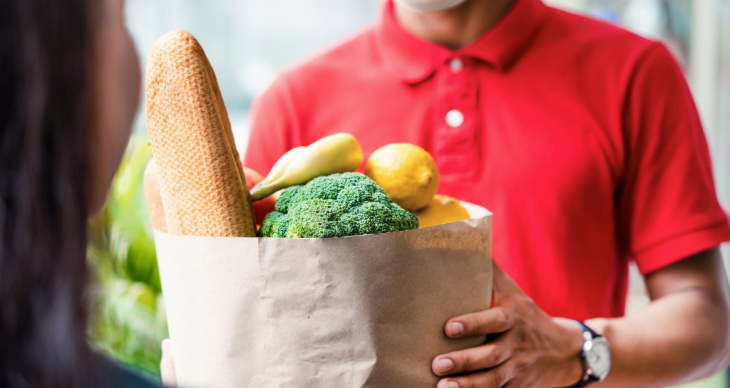Would help buying groceries give you peace of mind? Almost everyone could use some grocery help with the recent rising costs of food, goods and products. Fortunately, government programs provide free groceries for low income families who struggle to afford food and other basics.
The food stamps program pays for nutritious groceries at approved stores. And The Emergency Food Assistance Program (TEFAP) provides these benefits faster than the standard application process. Beneficiaries may receive funds for food immediately if they qualify for expedited benefits.
The standard Supplemental Nutrition Assistance Program (SNAP) application process can take 30 days, on average. But the government expedites emergency SNAP benefits in fewer than seven days. You can get emergency food stamps within three days in some locations.
The state examines your income and resources to determine SNAP eligibility. When you apply for emergency food stamps, you will have to prove you have an immediate need, such as:
- Having less than $100 in savings.
- Earning less than your housing expenses.
Your state will set income standards and may have additional criteria, such as required participation in job-search efforts. However, emergency food assistance for seniors and disabled individuals usually does not have work requirements.
The Disaster Supplemental Nutrition Assistance Program (D-SNAP) is another emergency food service. D-SNAP can deliver emergency EBT cards within 72 hours prefilled with funds for a month’s worth of food. But the state needs the USDA’s Food and Nutrition Service (FNS) to approve D-SNAP operation in a disaster area before it can give food assistance.
Some may qualify for D-SNAP benefits even if they do not meet the state’s SNAP requirements. The following are some qualifying criteria:
- Home or business repair expenses
- Relocation costs
- Temporary housing expenses
- Disaster-related medical expenses, like personal injury or funerals
- Lost income, such as from termination or delayed wage payment
Your state should have announcements about D-SNAP benefits through local press and media following a declared disaster.
Food Banks and Local Programs
USDA emergency SNAP benefits also go to organizations that provide food for those in need. The government can give grants to food charities – like “soup kitchens” and pantries – for feeding the local community. Charities can then buy food, plates, utensils, etc.
A food pantry is where you can receive meals and food to go. Pantries receive products from food banks. A food bank usually receives donated goods from locals and volunteers. Typical food bank items include the following:
- Canned soups and pasta meals
- Canned meat, like tuna, chicken and sardines
- Canned fruits
- Fresh produce
- Allergy-friendly foods
- Shelf-stable milk
- Juice boxes
You can find Feeding America food banks in almost every state, but few organizations are accessible everywhere. Check with local religious groups and nonprofits about nearby food pantries.
The COVID-19 pandemic affected several everyday expenses. The cost of housing, food, and even utilities is on the rise. And, in some areas, there may be a new stimulus check on the horizon.
By Admin –
